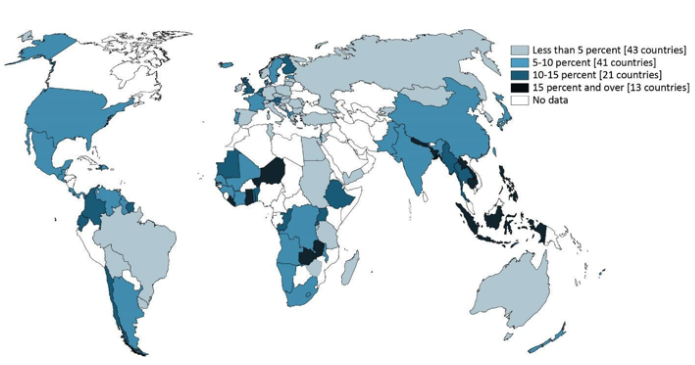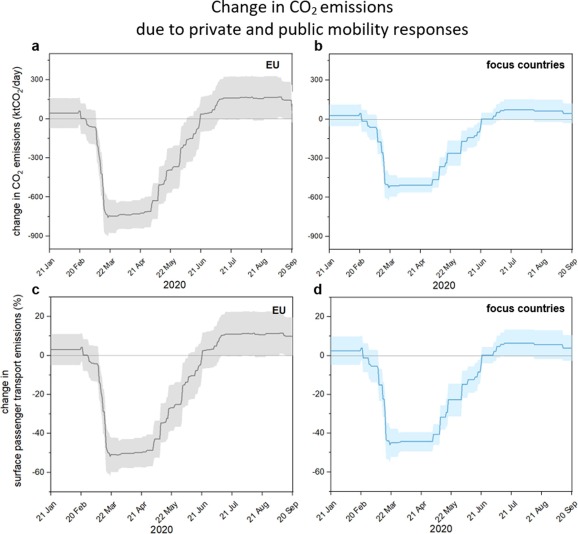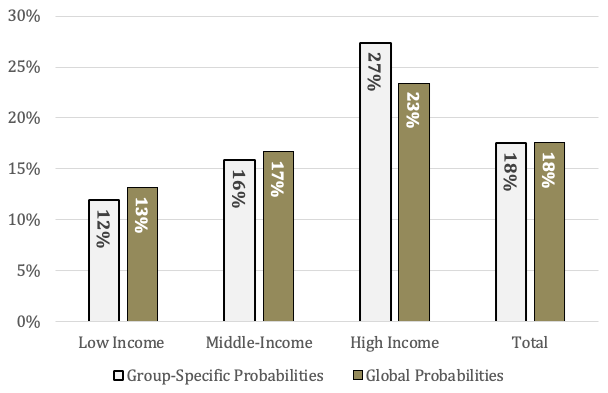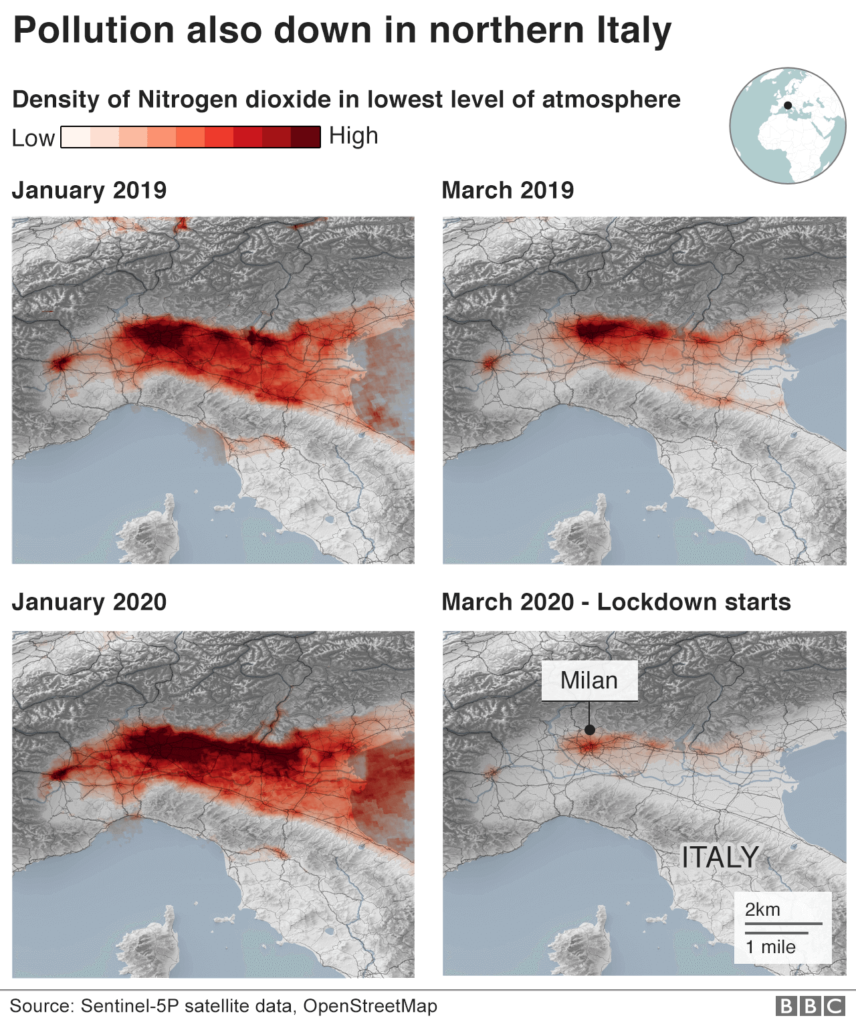During the Covid-19 pandemic in order to halt the spread of the virus, many countries enacted a lockdown, which forced millions of people to work from home rather than in their offices, studios, etc. Other than halting the spread of the virus and unfortunately greatly impacting the mental health of people as well as the economy, the lockdown has given interesting consequences and allowed for researching the unique situation from different angles.
Before the pandemic working from home was not that common, mostly it was done in households that create their own produce, such as farms or crafters.

During the pandemic, however, the percentage of people working from home rose drastically, reaching up to even 90% in some places, although not many countries were capable of reaching such a number.
One of the consequences of so many people working from home was a significant decrease in air pollution and energy consumption. During the initial lockdown, CO2 emissions in the EU showed an overall decline of 49.9%, however, the levels returned to those before the pandemic after lockdown.

A similar situation was shown for other polluting gasses, such as NO2:
And other gases, such as SO2, CO, PM2.5 and PM10.
This was mostly due to a significant decrease in transportation demand (mainly less car/buses usage and less air and water traffic), and less travel in general replaced by virtual meetings or visits, as well as less need to power and maintain large office buildings and some factories. In regards to energy consumption global energy demand in early 2020 fell by 3.8%, which was the main reason for the reduction in emissions.
Having people work from home has drawn interest from certain parties, and research has been made into which professions can be feasibly done from home, and how productive is teleworking compared to in-office or on-site working. Research shows that in various countries the number of professions that can be fully done from home is around 18%.

As for productivity, results from surveys and estimates show that people employed in higher-paying jobs in richer countries are generally more productive when it comes to working from home. It has been noted that in some households men are more productive than women due to expectations of caring for children.
In conclusion, while not all jobs can be productively done from home, or at all even. There is potential for a fair part of the workforce to work from home. If this were to happen, these people would require less transportation, and office buildings would either require less power or not function at all, all of this resulting in lower emissions and energy consumption. Although the decrease won’t be anything as seen during the first lockdown, it is potentially a step towards global emission targets.
Resources:

